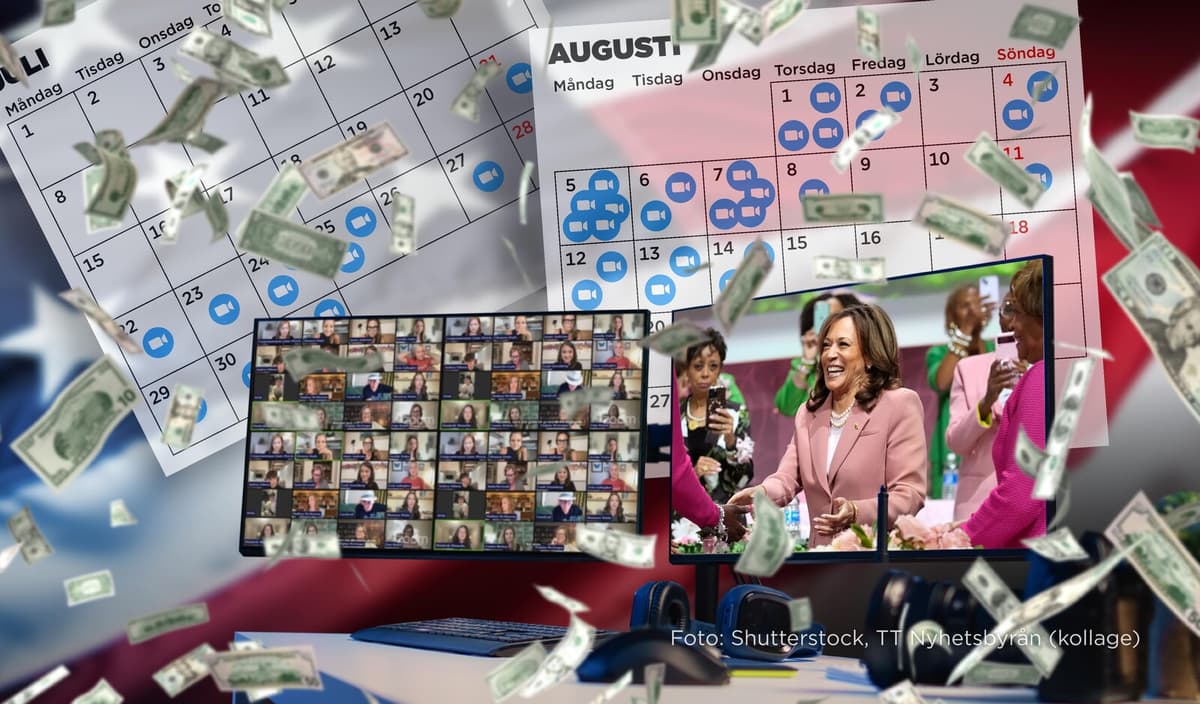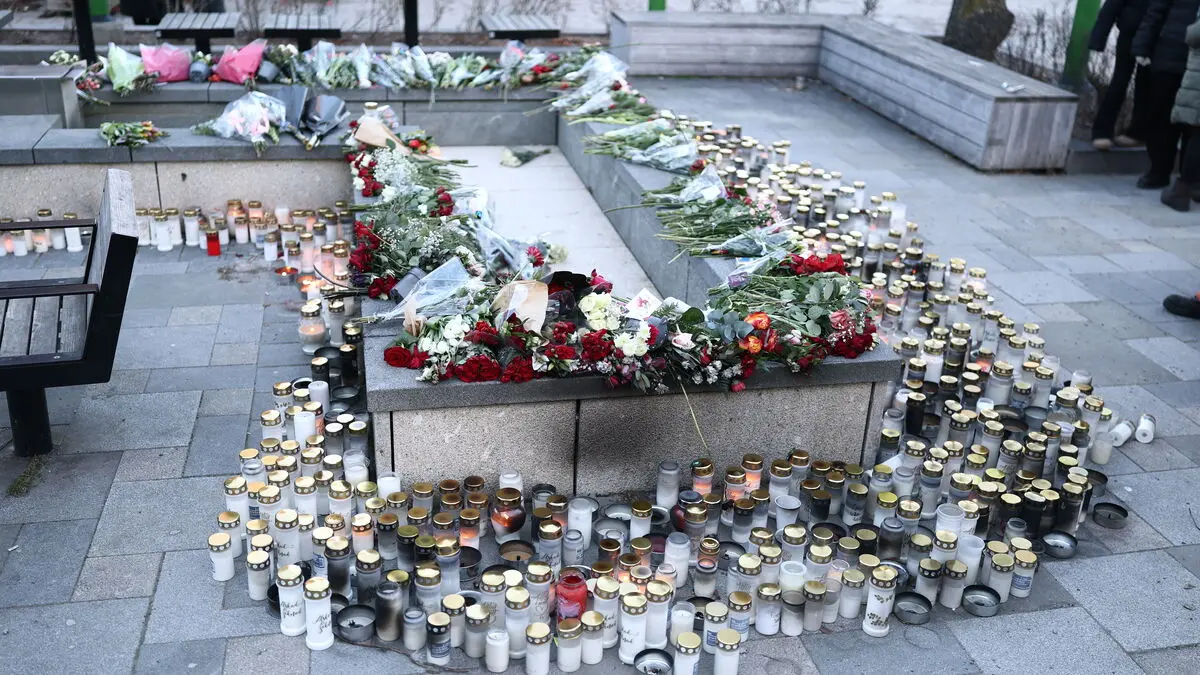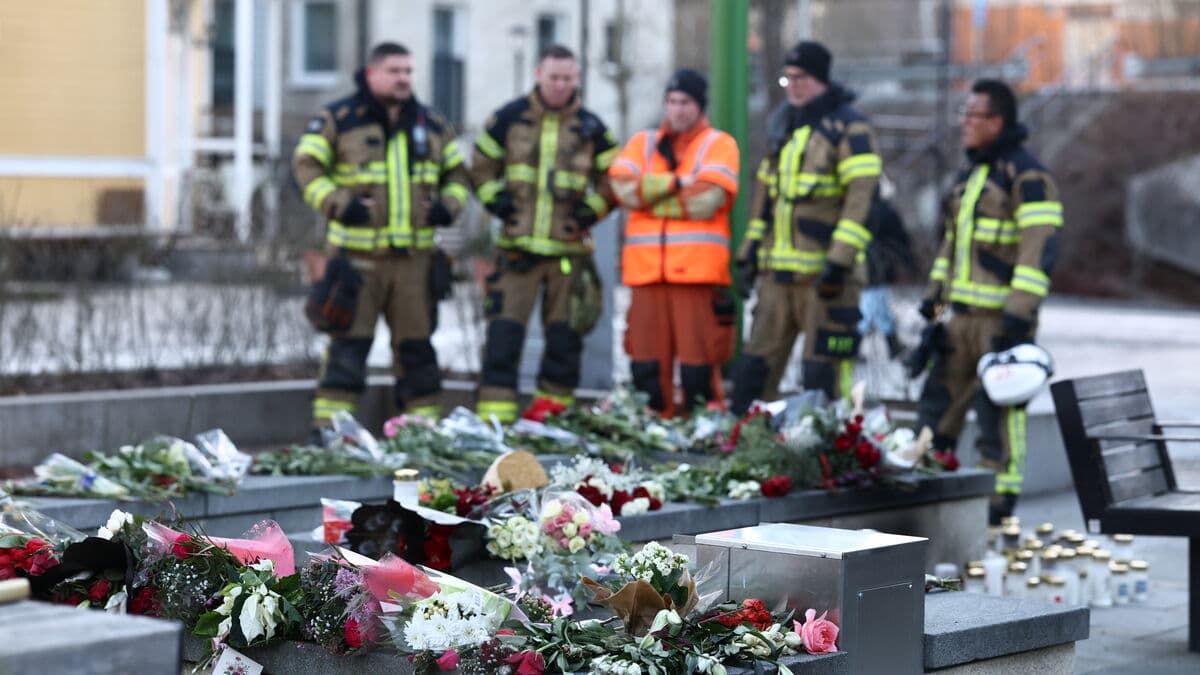The same evening in July when USA's President Joe Biden threw in the towel and gave his support to Vice President Kamala Harris, a digital meeting was held under the slogan "Win with Black Women". 44,000 people logged in to Zoom during the four-hour-long meeting, with the now-stated goal of ensuring Harris wins the election in November. Another goal was to collect 1 million dollars in 100 days. Three hours later, the fundraising goal was reached.
This was the starting shot for at least 50 campaign meetings via Zoom. It has been "White dudes", "Swifties", comedians, Jews, Christians, and even Republicans who have gathered via video conferencing to support Harris. Some have gathered over 100,000 participants.
They're running these enormous webinars for political campaign meetings. There's so much potential and it's so exciting, says Peter Georgiou, event manager at Zoom's European office.
"Proven to work"
Zoom has not wanted to comment on the phenomenon in American media, probably because the issue is politically charged since it's mainly the Democratic side that has adopted it.
Over the years since the pandemic, Zoom has improved its technology and security. As recently as August, they announced that it's possible to hold web meetings with one million participants, possibly in response to the enormous campaign meetings.
Even Georgiou is cautious with his comments and has difficulty answering why we're seeing this development right now.
We understand why we were popular during Covid, since everyone was at home then. But now I think we're seeing that more people are approaching webinars because it's proven to work.
Elsa Hedling, a political scientist at Lund University, sees several contributing factors to why video meetings have become the new black in the USA. It became urgent when Biden dropped out, and digital meetings are faster and easier to arrange. After the pandemic, people are also more accustomed to the format.
Hollywood stars like Jeff Bridges, Mark Hamill, and Joseph Gordon-Levitt appeared at the "White dudes" meeting, casually dressed in their home environments in front of the webcam, and held their speeches.
It's some celebrities who just got the question "can you come in?" a few minutes before. You can participate in a more spontaneous way, says Hedling.
"2020's town hall meetings"
Even though there are obvious differences in how political campaigns are conducted in the USA and Sweden, several Swedish parties are looking west for inspiration ahead of the next election. The Social Democrats, the Centre Party, and the Left Party all state that they are exploring the possibilities for their own Zoom meetings.
So does The Liberals, whose communications chief André Nilsson sees it as a further development of already existing political meeting forms.
This could be the 2020s' version of town hall meetings, he says.
One advantage he sees is that it creates a sense of participation and feels authentic and unedited. Another advantage is that it can become easier for drawcards like party leader Johan Pehrson or Minister Romina Pourmokhtari to participate, since they don't have to spend half a day attending in person.
In that way, these digital solutions are a fantastic opportunity to connect people even if the distances are long, says Nilsson.
A third advantage is that it could become a lower barrier for ordinary people to click into a Zoom call compared to attending a town hall meeting in the rain, or getting politics-interested parents of small children to participate.
"Much to learn"
In October, some from The Liberals will travel to the USA to, among other things, visit Harris' campaign headquarters in Wilmington, Delaware.
It will be very exciting to see directly how they work and what we can and cannot apply in Sweden. Of course, some methods we'll never be able to do on the same scale, but there's much to learn from how the Democrats work, says Nilsson.
But not all Swedish parties are equally enthusiastic. The Green Party's communications chief Annica Hjertling says that they haven't considered video meetings and "prefer personal meetings for the opportunity of dialogue and conversation".
Affects trust?
Elsa Hedling says that one reason digital meetings haven't been so popular in political contexts earlier is that politics is about trust.
There's a lot of research that suggests that if you're in the same room together, you can see gestures, facial expressions, and so on, which is very important for generating trust.
At the same time, the pandemic showed that it's possible to at least maintain some trust through digital meetings, and many have held on to them.
You haven't replaced everything, but it's an opportunity. So, in that way, I absolutely think you can imagine digital campaign meetings or digital town hall meetings, just to be able to reach more people and to be able to do it more often, says Hedling.
Zoom was founded in 2011 by Eric Yuan with the goal of creating video meetings via the internet. Two years later, Zoom premiered. In 2017, the company was estimated to have a market value of 1 billion dollars, and two years later, it was listed on the New York Stock Exchange.
When the pandemic struck in early 2020, the number of daily meetings grew 30 times, as people began working from home.
Zoom has managed to maintain its high revenue after the pandemic. The financial year 2020 (ended in January 2020) had a revenue of 623,000 dollars, and in 2024, it landed at 4.5 billion.
Between July 21 – the day Joe Biden threw in the towel – and August 14, at least 40 video meetings were held in the USA in support of the Harris campaign, according to a review by The Washington Post.
The 24 meetings held in July together brought in at least 20 million dollars (202 million kronor) to the Harris campaign.
On September 19, Oprah Winfrey held a live broadcast with Kamala Harris under the slogan "Unite for America", with the goal of gathering different support groups.





